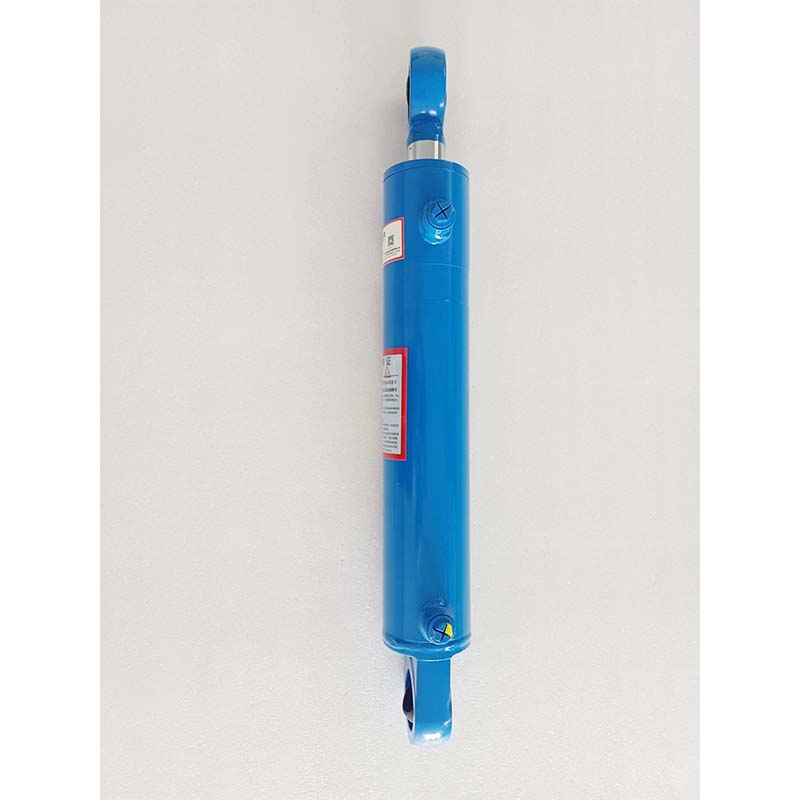Nov . 25, 2024 14:41 Back to list
hydraulic and pneumatic cylinder factory
Hydraulic and Pneumatic Cylinder Factory An Insight into Modern Manufacturing
In the realm of modern manufacturing, hydraulic and pneumatic systems play a pivotal role in enhancing the efficiency and effectiveness of various industrial processes. A hydraulic and pneumatic cylinder factory stands at the forefront of this technology, producing essential components that facilitate the movement and operation of machinery across multiple sectors. This article delves into the intricacies of such factories, their processes, and the significance of hydraulic and pneumatic cylinders in contemporary manufacturing.
Understanding Hydraulic and Pneumatic Cylinders
Before exploring the manufacturing side, it is essential to understand what hydraulic and pneumatic cylinders are. Hydraulic cylinders utilize pressurized fluid to create motion, making them ideal for heavy-duty applications such as construction machinery, manufacturing equipment, and automotive industries. The use of liquids, typically oil, allows for powerful movements and the capacity to lift substantial loads.
On the other hand, pneumatic cylinders operate using compressed air, making them suitable for lighter tasks, quick repetitive motions, and applications requiring less force. They are commonly found in assembly lines, packaging machines, and various automation equipment.
The Manufacturing Process
A hydraulic and pneumatic cylinder factory comprises several stages, each crucial to the production of high-quality cylinders. The journey begins with the selection of raw materials. Manufacturers typically choose steel or aluminum for their strength, endurance, and resistance to environmental factors. The selected materials undergo rigorous quality checks to ensure they meet industry standards before moving to the fabrication phase.
The fabrication process involves cutting, shaping, and welding the materials to form the cylinder's body. Precision is paramount in this stage; any discrepancies can lead to performance issues once the cylinder is in operation. Advanced machinery and technologies, such as CNC (Computer Numerical Control) machining, are employed to achieve the required specifications accurately.
Next, the internal components, such as pistons and seals, are manufactured. For hydraulic cylinders, these components must withstand high pressures and maintain integrity over time, while pneumatic cylinder components focus on ensuring a tight seal to prevent air leaks. The assembly of these parts is performed in a clean environment to minimize contamination, which could affect the cylinders' performance.
hydraulic and pneumatic cylinder factory

After assembly, each cylinder undergoes testing to ensure it meets operational standards. This includes pressure testing for hydraulic cylinders and leak tests for pneumatic cylinders. Certain factories also utilize performance simulations to evaluate how their products will perform under stress and various operating conditions.
Applications Across Industries
The hydraulic and pneumatic cylinders produced in these factories find applications across a vast array of industries. In construction, hydraulic cylinders power excavators, cranes, and lifts, allowing workers to maneuver heavy materials with ease and precision. In manufacturing, pneumatic cylinders automate processes, improve production speed, and reduce human error, contributing to the overall productivity of factories.
The automotive industry benefits from both types of cylinders in assembly lines and quality control machines, ensuring that vehicles are manufactured efficiently and safely. Additionally, the aerospace sector relies on specialized pneumatic systems for everything from landing gear mechanisms to cabin pressurization systems.
Sustainability and Innovation
In recent years, there has been a significant push towards sustainability in manufacturing processes. Hydraulic and pneumatic cylinder factories are now exploring eco-friendly materials and energy-efficient production methods. Moreover, manufacturers are investing in research and development to innovate new technologies that increase the efficiency and lifespan of their products while reducing their environmental footprint.
The future of hydraulic and pneumatic systems looks promising, with advancements in smart technology paving the way for more intelligent systems. Integrating sensors and monitoring systems into cylinders can provide real-time data, allowing for predictive maintenance and improving overall operational efficiency.
Conclusion
The hydraulic and pneumatic cylinder factory is a vital component of the modern industrial landscape. Through innovative manufacturing processes and a commitment to quality, these factories produce essential components that drive machinery across numerous sectors. As technology continues to evolve, so too will the capabilities of hydraulic and pneumatic systems, ensuring that they remain at the heart of industrial advancements for years to come.
-
Fork Lift Power Units - Hebei Shenghan | Efficiency, Reliability
NewsJul.13,2025
-
1.5-Ton Turbocharged Cylinder-Hebei Shenghan|Hydraulic Solution,Energy Efficiency
NewsJul.13,2025
-
Auto Hoist Power Units-Hebei Shenghan|Efficiency&Industrial Lifting
NewsJul.13,2025
-
Double Acting Power Units-Hebei Shenghan|Hydraulic Solutions,Industrial Efficiency
NewsJul.13,2025
-
1.5 Ton Lifting Cylinder 70/82-40-290-535 - High-Performance Hydraulic Solution | Hebei Shenghan
NewsJul.13,2025
-
Fork Lift Power Units - Hebei Shenghan | Efficiency&Reliability
NewsJul.13,2025
